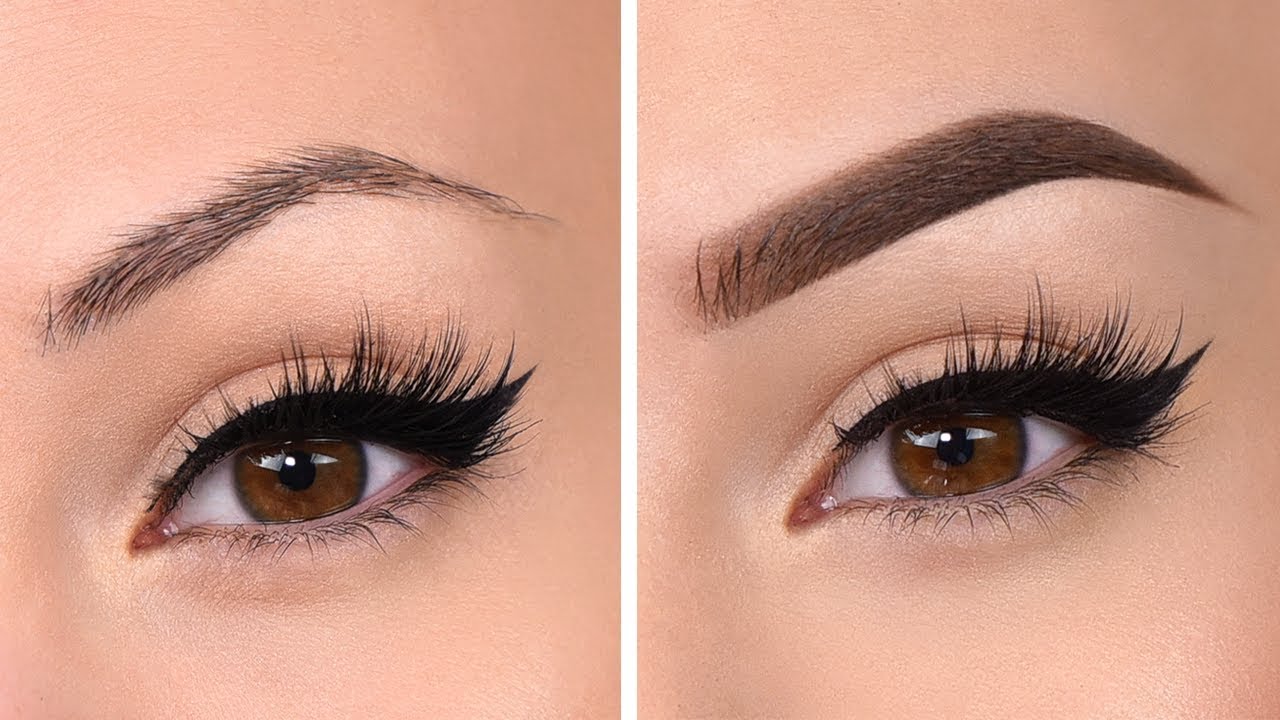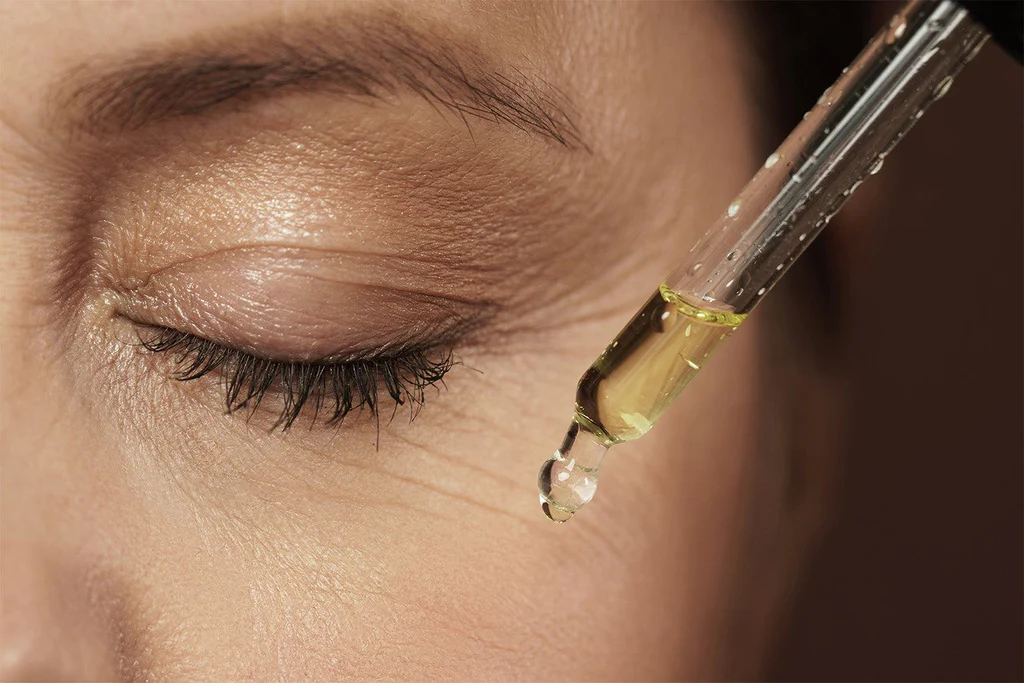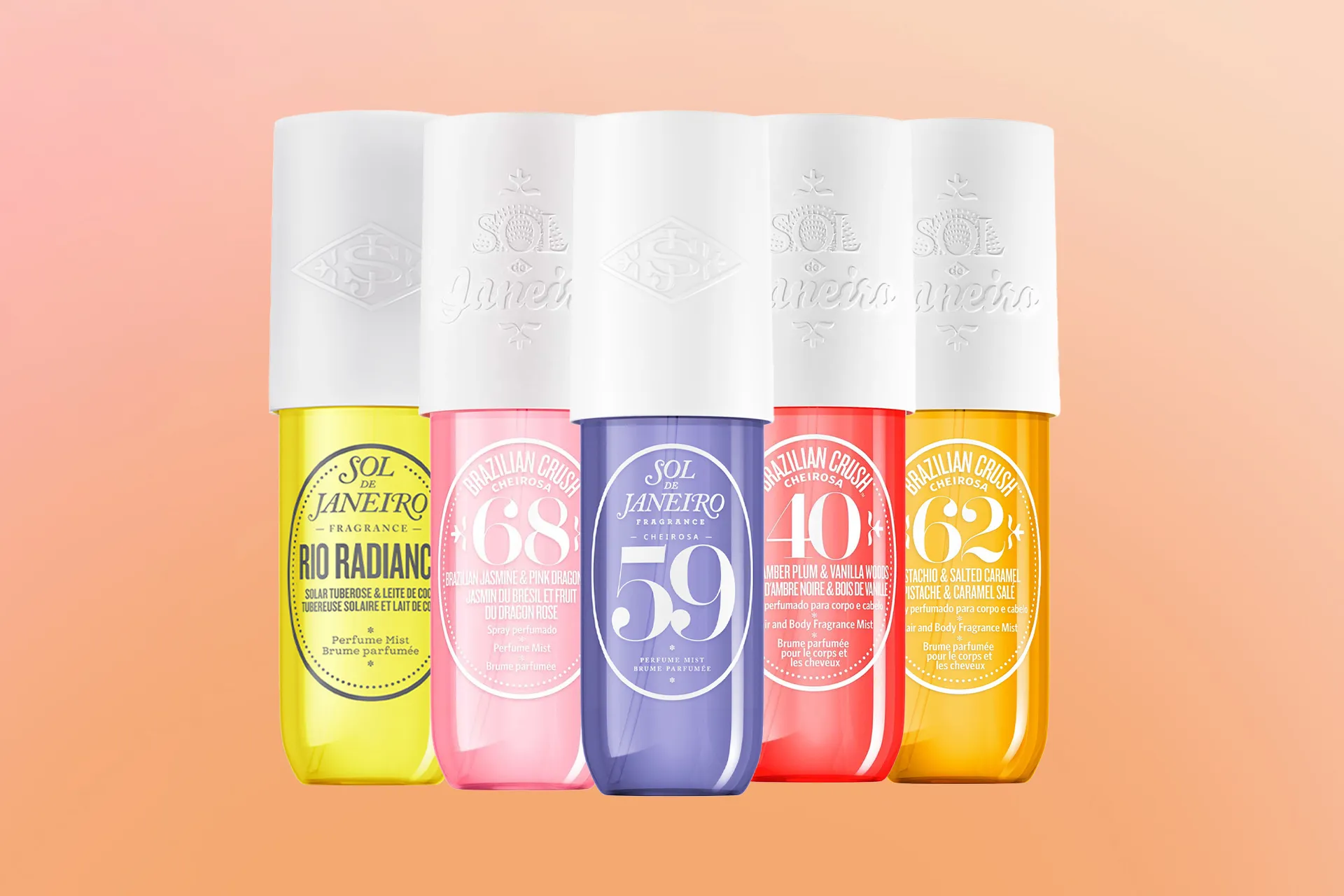Blepharitis is a common eye condition that affects the eyelids and the eyelashes. It can cause symptoms such as redness, itching, burning, dryness, and crusting of the eyelids. Blepharitis can also affect your vision and your eye health. In this blog post, we will answer some frequently asked questions about blepharitis and give you some tips on how to prevent and treat it.
What is blepharitis?
Blepharitis is inflammation of the eyelids, usually caused by an imbalance of the natural oils and bacteria that live on the skin. There are two main types of blepharitis: anterior and posterior. Anterior blepharitis affects the front part of the eyelids, where the eyelashes are attached. Posterior blepharitis affects the inner part of the eyelids, where the oil glands are located.
What causes blepharitis?
The exact cause of blepharitis is not clear, but it may be related to one or more of the following factors:
- Clogged or malfunctioning oil glands in the eyelids
- Bacterial infection or overgrowth
- Allergic reactions to eye products, such as makeup, contact lenses, or eye drops
- Skin conditions, such as rosacea, seborrheic dermatitis, or eczema
- Eyelash mites or lice
- Hormonal changes or imbalances
What are the symptoms of blepharitis?
Blepharitis can cause a variety of symptoms, depending on the type and severity of the condition. Some of the common symptoms are:
- Red, swollen, or irritated eyelids
- Itchy, burning, or stinging eyes
- Watery or dry eyes
- Sensitivity to light
- Blurred vision or difficulty focusing
- Crusty, flaky, or greasy eyelashes
- Eyelashes that fall out, grow abnormally, or change color
- Feeling like something is in your eye
How is blepharitis diagnosed?
Blepharitis is diagnosed by a physical examination of your eyes and eyelids. Your eye doctor may also use a magnifying device to look at the edges of your eyelids and the openings of the oil glands. They may also take a sample of the secretions or crust from your eyelids to check for bacteria or other causes.
How is blepharitis treated?
Blepharitis is a chronic condition that can be difficult to cure, but it can be managed and controlled with proper treatment. The main goal of treatment is to reduce the inflammation, infection, and irritation of the eyelids and to restore the normal function of the oil glands. The treatment options may include:
- Eyelid hygiene: This involves cleaning your eyelids daily with warm water and a gentle cleanser, such as baby shampoo. You can also use a warm compress to soften the crust and loosen the oil. This helps to remove the debris and bacteria from your eyelids and prevent them from building up.
- Medications: Your eye doctor may prescribe antibiotics, either as eye drops, ointments, or pills, to treat the bacterial infection. They may also prescribe steroid eye drops or ointments to reduce the inflammation. In some cases, they may recommend other medications, such as antiviral drugs, cyclosporine, or glucocorticoids, depending on the cause and type of blepharitis.
- Artificial tears: These are eye drops that help to lubricate and moisturize your eyes. They can relieve the dryness and irritation caused by blepharitis. You can use them as often as needed, but make sure to choose preservative-free ones to avoid further irritation.
- Other treatments: In some cases, your eye doctor may suggest other treatments, such as plugs that block your tear ducts, pulsed light or heat therapy, or surgery, to improve your symptoms and eye health. These are usually reserved for more severe or complicated cases of blepharitis.
How can I prevent blepharitis?
Blepharitis can be prevented by maintaining good eyelid hygiene and avoiding the triggers that can cause it. Some of the preventive measures are:
- Wash your hands before touching your eyes or eyelids
- Remove all eye makeup before going to bed
- Replace your eye makeup products regularly and avoid sharing them with others
- Clean your contact lenses properly and follow the instructions for wearing and storing them
- Avoid rubbing or scratching your eyes
- Use hypoallergenic or fragrance-free eye products
- Manage any underlying skin conditions, such as rosacea, seborrheic dermatitis, or eczema
- Consult your eye doctor if you have any signs or symptoms of blepharitis
Conclusion
Blepharitis is a common and annoying eye condition that can affect anyone at any age. It can cause discomfort, irritation, and vision problems. However, with proper diagnosis, treatment, and prevention, you can keep your eyelids healthy and your eyes happy. If you have any questions or concerns about blepharitis, don’t hesitate to contact your eye doctor. They can help you find the best solution for your condition and your lifestyle.

 By
Your Beauty Plug
By
Your Beauty Plug




